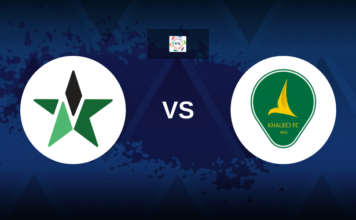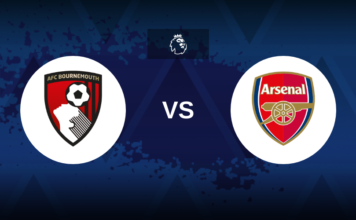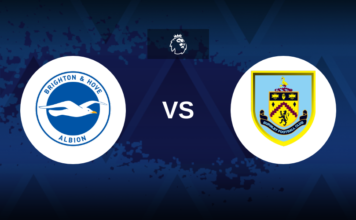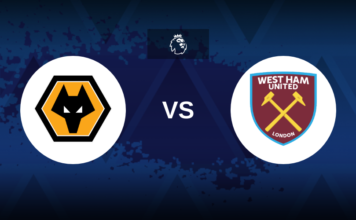The Germans hope to erase the dark memories of the last World Cup in Qatar.
Germany came into the 2018 World Cup as the defending champions, but had to leave the tournament after a disastrous group-stage run.
Four years and a major tournament later, Die Mannschaft is back to reclaim world dominance under Hansi Flick.
The former Bayern Munich boss has a fine mixture of young and experienced stars to select his World Cup lineup.
Let’s take a look at the main competitions in Flick’s squad.
Different formations, different backlines

Flick has used both three-man and four-man defensive lines since starting his job at the national team.
Antonio Rudiger is the only defender who has a sealed spot in Mannschaft’s lineup. The Real Madrid star usually plays alongside Niklas Sule in Germany’s four-man defensive setup.
For the right-back position, Flick has consistently trusted Lukas Klostermann, while David Raum has stayed as his first choice at left-back.
However, similar to his tenure at Bayern, Flick has shown interest in occasionally switching to a 3-4-2-1 system to fully activate his side’s attacking potential.
A three-man backline will most likely see Rudiger stay down the middle. Klostermann can also continue his role in Germany’s lineup, despite more competition from Tilo Kehrer.
However, Flick will have a more challenging task of selecting his starter on the left-hand side.
Both Robin Gosens and Nico Schlotterbeck have the chance to replace Raum in Germany’s pecking order in the upcoming months.
As it stands, Klostermann, Sule, Rudiger, and Raum will form Germany’s defence line in a 4-2-3-1 system.
Midfield: Kimmich and who?

Joshua Kimmich is set to continue his fundamental role in Germany’s midfield during the tournament.
However, similar to Julian Nagelsmann, Flick faces the dilemma of finding the right player to pair up with the 26-year-old.
Leon Goretzka, who has recently returned from injury, hopes to regain his spot alongside Kimmich both at Bayern and Germany.
But Flick will most likely prefer to use Ilkay Gundogan, who’s spending another brilliant campaign at Man City.
Goretzka’s chances will, however, increase if Flick decides to play with wing-backs. The Bayern star’s incredible physicality and goal threat make up for his less creativity compared to Gundogan.
Attacking line: Going All Bayern?
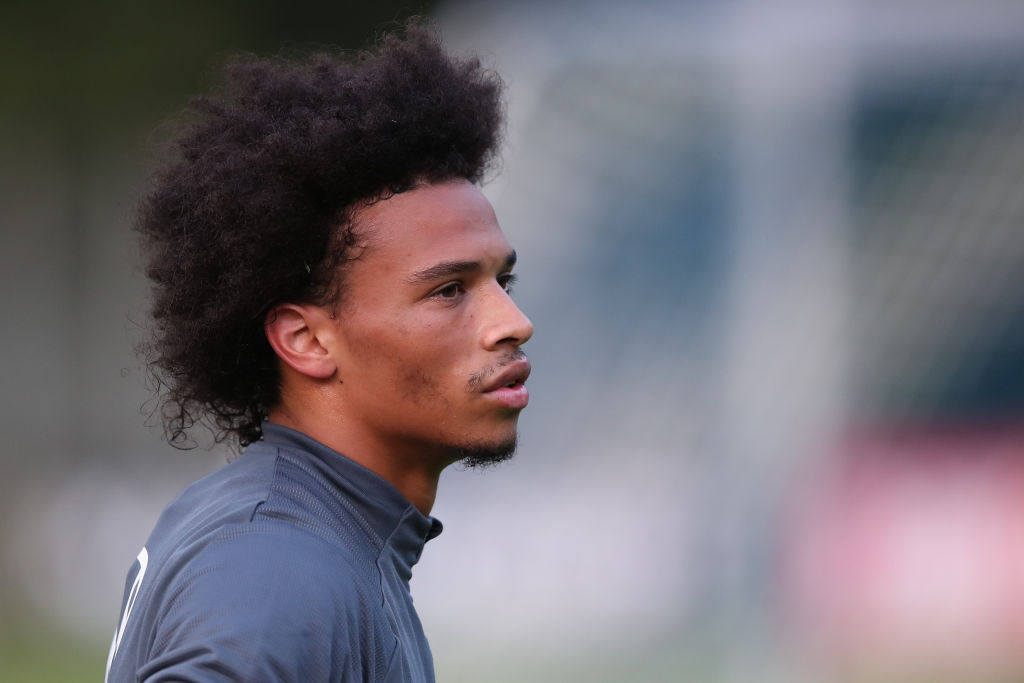
Flick has shown he has no interest in dropping Timo Werner from his lineup.
The German forward’s rediscovered form at Leipzig will most likely secure his spot in Flick’s starting XI for the World Cup.
That will leave the German manager with three available places in his attacking setup.
In his preferred 4-2-3-1 lineup, Flick will most likely use Leroy Sane, Kai Havertz and Thomas Muller behind Werner.
However, the temptation of bringing Muller back to the middle will put more pressure on Havertz, who sees Serge Gnabry and Jonas Hoffman as his main competitors.
Jamal Musiala, who has reached his peak form in recent months, will also have a great chance of taking Havertz’s spot.
However, Musiala’s form might also convince Flick to optimize his position by reverting to a 3-4-2-1 formation.
Musiala can play alongside Sane, using his impressive dribbling skills to open up the opposition’s backline for Werner’s deep runs.





